Quartz or automatic, the choice is yours!
Automatic calibre, quartz movement, each has its strengths and weaknesses. We decode it for you.
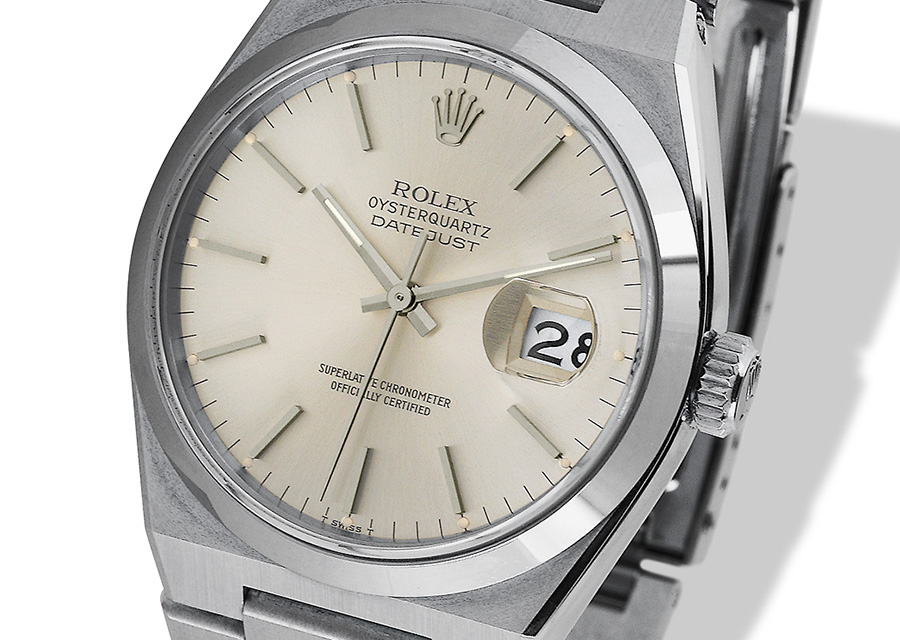
We often hear neophytes mistake quartz and automatic watches. Which makes sense, since they generally need no manual winding. The first because it is self-winding, using the wrist motions. The second because it uses a battery.They are nevertheless very different. Because the movements powering them have nothing in common.
Hold the balance of power!
In the realm of automatic watches, the gears are powered by a spring (the barrel spring).
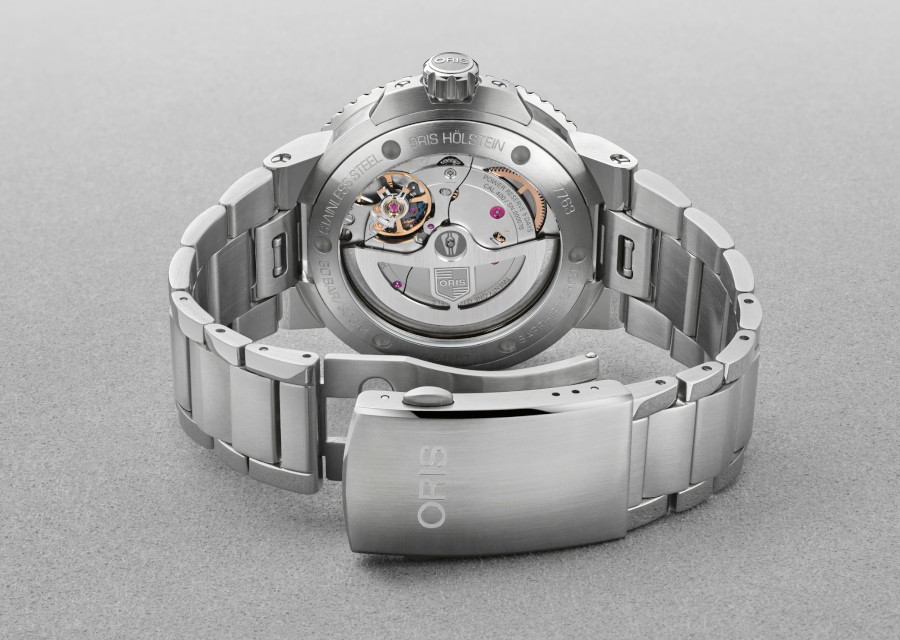
This power is distributed by the regulating organ (free-sprung balance and escapement system) which oscillating frequency determines with varying precision the time.
Two kinds of calibres exist: those needing hand-winding (using the winding crown) to keep functioning and those using an additional device called oscillating weight (or rotor). By rotating on itself at any wrist movement, this contraption enables the self-winding of the spring barrel – that is to say, to power it up. This last type of calibre, and by extension of watch, is the one called “automatic”. Be forewarned: it does not mean that these watches will never need to be wound up. Indeed, when they are not worn their autonomy (also called “power reserve”) is emptied in a few days (generally 2 or 3). For instance when they are left in your bedside table drawer, of better yet in your safe (caution: some collections disappear during a burglary!).
Hand-wound or automatic, these timepieces sometimes flaunt their gears at the back of the case, to the great delight of beautiful mechanisms collectors. Actually, manufacturers give their cases a transparent sapphire back when they are proud of the construction and ornamentation of their calibres.
Of greater accuracy: the Quartz!
As for the quartz movements, which appeared a lot later in the 1970s, they work very differently.
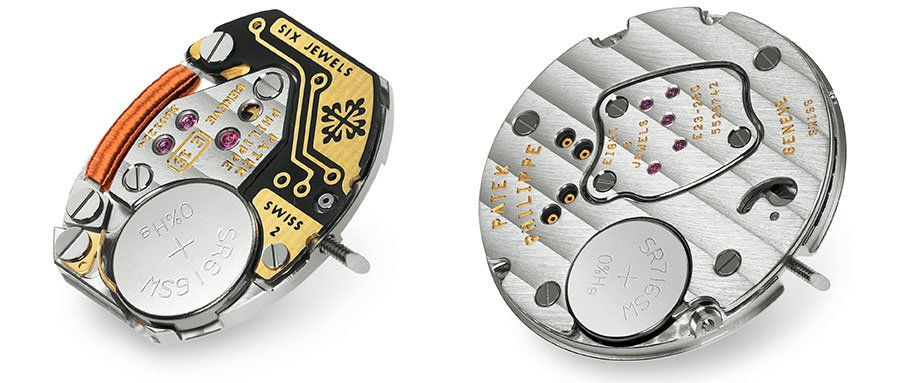
While you will still find the small gears for the hours, minutes and seconds, and a rotating disk for the date, most of the gears are replaced by an electronic circuit powered by a button cell. A power source guaranteeing a considerable autonomy (usually from 2 to 4 years). At the heart of this type of movement is not a regulating organ but a quartz oscillator, using the vibration of the crystal quartz under an electric field to pace the hands.
Historically, Switzerland lost against the quartz watches coming from Asia (first from Japan with Seiko then massively from China). A true tidal wave that nearly spelled the end for watchmaking houses, which saving grace was the visionary Nicolas Hayez and his small plastic watch, famous among all, the Swatch… with a Swiss-made quartz movement! The earnings from this planetary success enabled him to buy back – to save, some would say – great automatic watchmaking manufactures such as Blancpain, Omega or even the prestigious Maison Breguet whose founder invented the tourbillon.
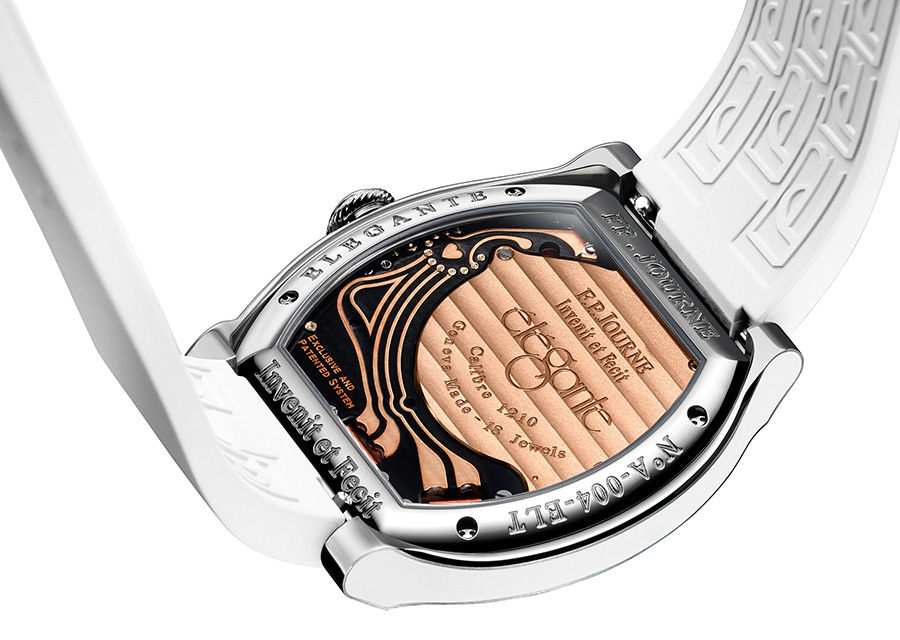
Deemed less prestigious than their automatic relatives, quartz movements are rarely visible. Since they are mass produced, it is true to say that they hold little interest. However the specimens designed in great Swiss manufactures would have nothing to be ashamed of since they benefit from high technologies and sometimes from impeccable finishes. The SuperQuartz by Breitling is a perfect example.
The power reserve is the ultimate argument of quartz. If you own several watches and often change them, a quartz watch will still keep time, even forgotten in a drawer for 6 months! And we already hear those who will – and rightly so – ask: “What about electric-powered winding for automatic watches?”. Good question. This will be discussed in a future article.
Exemplary chronometry
Other main points concern the frequency and the chronometric precision. No call for debate here! Even if the mechanical calibres are the focus of all attentions in terms of research and development, innovation, materials (notably the antimagnetic silicon) and efficiency, they cannot rival their quartz peers. Simply put, there is no comparison. See for yourself: today an automatic calibre of traditional manufacture generally beats at a rate of 28,800 vibrations per hour (a frequency of 4 Hz). And the best among them can reach a chronometric precision of -2/+2 seconds per day (in a Rolex for instance).
Let us remember that the COSC (Official Swiss Chronometer Testing Institute), reference on this matter, tolerates a variation of -4/+6 per day. Which only a few automatic models can guarantee. A standard quartz movement, for its part, vibrates at the high frequency of 32 768 Hz. That is to say, 8 000 times faster! Among the most technological-advanced of them, we can cite the V.H.P model by Longines, with a chronometric precision reaching -/+5 seconds per…year! Unmatched.
The hybrid calibre
Some calibres boast a mechanical device enabling to charge the battery. In this case, no button cell needed since the watch is powered up by the wrist movement, same as for an automatic.
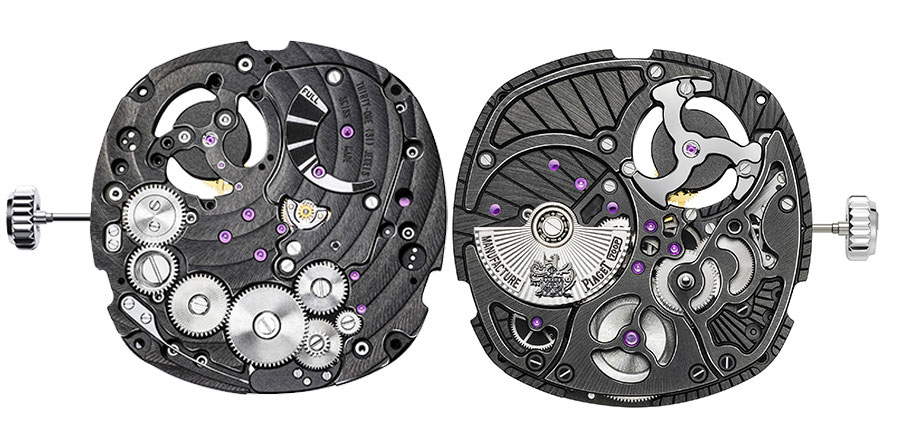
Which is the case of the new Piaget movement which deserving of our attention and favour: the 700P calibre. Ultra-thin to stay true to Piaget’s DNA, it is a self-winding mechanical Movement with a high-precision generator! The quartz technology wound by the automatic technology… a winning combination? Yes indeed for lovers of both mechanics and ultimate precision since this pairing ensures a high frequency regulation of 32 768 Hz controlling the rhythm of the movement. In any case, no more battery changing…
Choosing between an automatic watch and a quartz model could therefore hinge on – beyond the monetary aspect and the individual taste – your own notion of the passing of time. Only one certainty, automatic watches maintain a better rating over time. The exception that proves the rule? The Rolex Oysterquartz of the 70s!
The “Crown” manufacture will continue to surprise…
Some datasheets on the models we mentioned and direct links towards related manufactures.
https://www.my-watchsite.com/professionnal/3476-aerospace.html
https://www.my-watchsite.com/emperador/5945-emperador-coussin-xl-700p.html
https://www.my-watchsite.com/blog/oris-calibre-400-revolution-in-the-making/
https://www.piaget.com/gb-en/movement/700p-high-precision-automatic-movement